Damon Blair
Reviews By Author
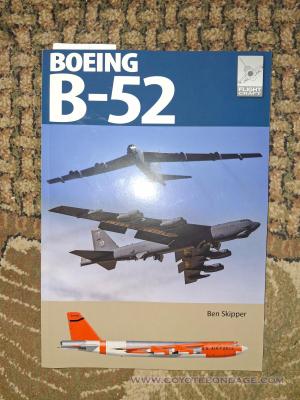
|
Boeing B-52Published:
The YB-52, one of two prototypes of the B-52, first flew on October 2, 1952. Little did anyone at Boeing or in the U.S. Air Force conceive that later models of the B-52 would still be flying over 70 years later! A total of 744 B-52s, of 8 different models, were produced by Boeing, with the last one, a B-52H, being rolled off the assembly line on October 26, 1962. Written by Ben Skipper, this book does an excellent job of covering the B-52 (also known as the “BUFF”), including a modeler’s section. There are 100 pictures, and 24 full-color side views of various B-52s from the A models up to the current operational B-52Hs. The BUFF’s protracted development, begun on February 13, 1946, would see the design evolve from a piston-driven aircraft, through a turboprop-powered stage… more |
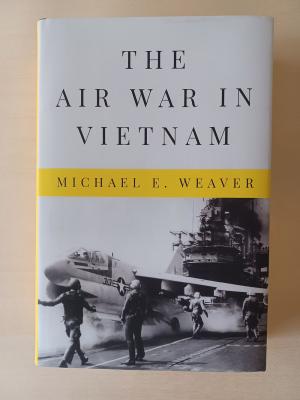
|
Air War in VietnamPublished:
Air War in Vietnam is not your typical “chronological order” book. It is more of an in-depth study of the Vietnam Air War, which makes for some very interesting reading. Rather than have a chronological timeline of events (as is typically the case with historical books), the author has arranged his book based on studies of various individual aspects of the air war. This book has 612 total pages, of which 413 are the main text of the book. There are relatively few illustrations and maps in relation to the text, with a total of 36 illustrations sprinkled throughout the book. Footnotes comprise 155 pages, and the extensive index is 24 pages. The author benefits from having a wealth of research material available now versus the available research material shortly after… more |
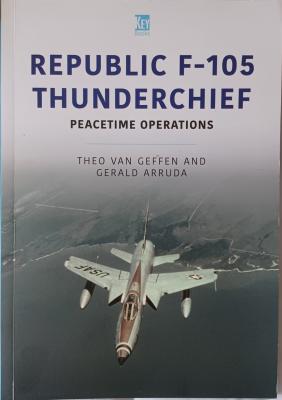
|
Republic F-105 Thunderchief Peacetime OperationsPublished:
Republic’s F-105 Thunderchief (also known as the Thud) was developed in response to a requirement for a fast, single-seat fighter aircraft capable of carrying an atomic weapon. With an internal bomb bay loaded with an atomic weapon, the F-105 initially stood alert in Europe, under the control of the United States Air Forces in Europe (USAFE). A short time later, F-105s sat on alert in the Pacific Air Force (PACAF), stationed in Okinawa and Korea. The F-105 soldiered on for just over a decade after the Vietnam War, before being retired from service. With 150+ photos spread over 96 pages, this book emphasizes the Thud’s pre-Vietnam and post-Vietnam service. There is a brief development overview of the Thud, and a chapter on the Thud’s service in the United States Air Forces in… more |
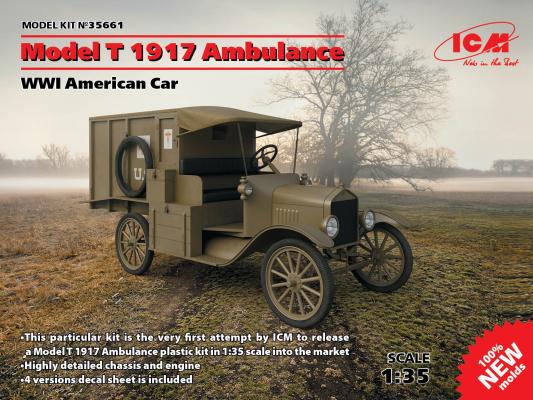
|
Model T 1917 AmbulancePublished:
The Model T Ford was one of the most produced vehicles of the pre-WWI and WWI eras. The basic frame was highly adaptable to numerous roles. One of the more important roles was that of ambulances, especially for the war effort. 4,362 Model T ambulances were shipped to Europe, with most serving in France. This model, in 1/35th scale, is manufactured by ICM and contains 88 parts total, with 9 crystal-clear parts. The parts are crisply molded as well, and I was surprised that the wheels and spokes didn’t have any flash, and the mold lines are straight down the middle of the tires. A word of caution: There are quite a few tiny parts in this kit that can easily be eaten by the notorious Carpet Monster! My biggest issue with this model concerns the engine, radiator, and the… more |
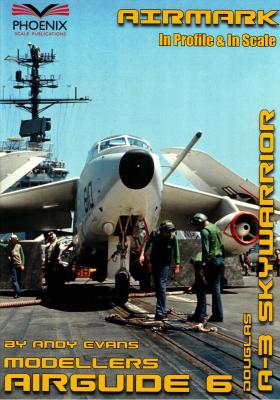
|
Airguide #6 A-3 SkywarriorPublished:
The A3 Skywarrior was originally designed to be a bomber capable of carrying 10,000 pounds of bombs or a nuclear bomb. It holds the distinction of being the largest aircraft to routinely operate on and off of aircraft carriers. This book has a brief developmental history of the major A-3 variants, starting with the prototype aircraft. It includes 73 photographs, of which all but a comparatively few are of the aircraft and variants. A small section has some interesting detail shots of the aircraft that modelers will find useful. One very unique feature is the “Modelers Walk Around”. This nifty little two-page article within the book covers some of the lumps and bumps of several versions. Also included is a review of a build-up of the Trumpeter 1/48 scale ERA-3B kit.… more |
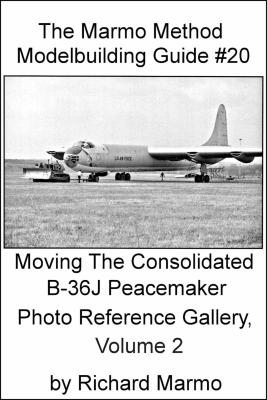
|
Moving the Consolidated B-36J Peacemaker Photo Reference Gallery, Volume 2 PDF eBookPublished:
The Convair B-36 Peacemaker was an enormous bomber built in the early days of the Cold War as a deterrent to a Soviet attack. The largest piston-driven production aircraft, the 384 Peacemakers built were in service from 1948 to 1959. Richard Marmo’s book is an excellent reference on the dismantling and preservation of B-36J III Serial Number 52-2827. This is the last Peacemaker built and is named “City of Fort Worth” in honor of where the factory was located. This is Volume 2 of a planned multi-volume series. Part 2 primarily involves removing the 6 massive piston engines, the ailerons, and the outer wing panels. Detailers will also like this book as it has many hard-to-find images taken during the dismantling process, such as a good view of the Pratt & Whitney… more |
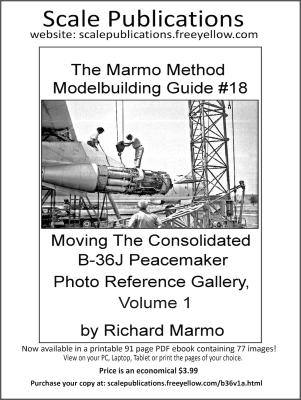
|
Moving the Consolidated B-36J Peacemaker Photo Reference Gallery, Volume 1 PDF eBookPublished:
The Convair B-36 Peacemaker was an enormous bomber built in the early days of the Cold War as a deterrent to a Soviet attack. The largest piston-driven production aircraft, the 384 Peacemakers built were in service from 1948 to 1959. Richard Marmo’s book is an excellent reference on the dismantling and preservation of B-36J III Serial Number 52-2827. This is the last Peacemaker built and is named “City of Fort Worth” in honor of where the factory was located. This is Volume 1 of a planned multi-volume series. Part 1 primarily involves disassembling and removing both wing jet pods. Detailers will also like this book as it has many hard-to-find images taken during the dismantling process, such as a good view of the Pratt & Whitney R4360 both installed in the nacelle… more |
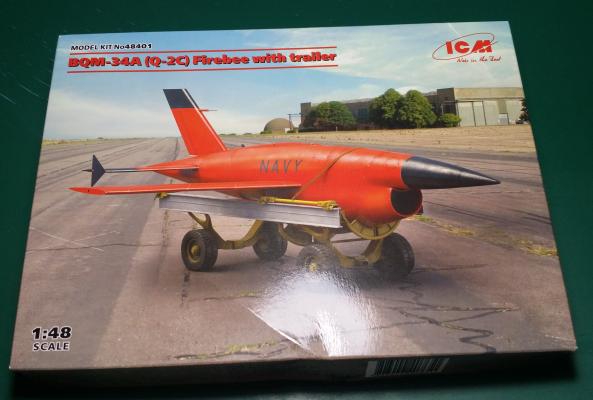
|
BQM-34A (Q-2C) Firebee Drone with TrailerPublished:
Ryan Aircraft was awarded a contract to develop a new, second-generation target drone based loosely on the Q-2A drone. It vaguely resembled its Q-2A ancestor in general outline. The BQM-34 would spawn a whole family of remotely controlled drones, from the original aerial target, up to reconnaissance variants. Molded in light grey plastic, there are 42 pieces in all, four of which are not used in the build. The only major problem with the kit is that the intake lip, for some reason, is a separate piece. The kit builds up quite rapidly due to its simple design, and the chances are that you will spend more time painting and decaling the kit than actually gluing pieces together. I highly recommend that you paint the entire interior of both fuselage halves and the tabbed… more |
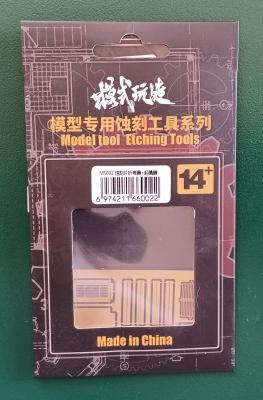
|
Barbecue (BBQ) GrillPublished:
Summer days bring swimming, camping, and barbecuing at home. Hauler has come out with a miniaturized BBQ Grill that would be perfect for a diorama in scale. Consisting of 19 pieces, this kit builds up into a nice little grill. Counting the airbrush painting, it took me about 8 hours total to fold the pieces, and glue them together. I used superglue to assemble all the parts. One note – there is a handle that you add to one side of the grill. I used .020 diameter styrene rod as called for in the instructions. Painting was accomplished using an airbrush, with flat black as the color. I did not weather my sample, but a bit of weathering would make this grill really come alive. Overall, despite it being a relatively simple kit, this photo etched grill builds up into… more |
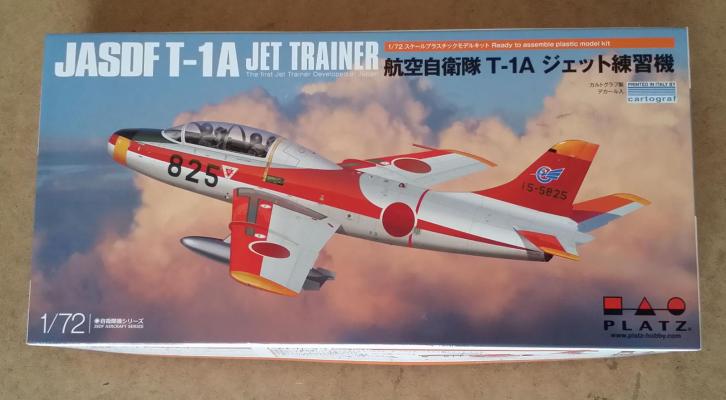
|
Japan Air Self Defense Force T-1A TrainerPublished:
The Fuji T-1A was the first Japanese-designed aircraft produced after World War II. Designed by Fuji Heavy Industries and powered by a Bristol Siddeley Orpheus turbojet engine, the prototype took to the air for the first time on January 1, 1958. 46 T-1As were built before the T-1B superseded it on the assembly line. They served as training aircraft until they were retired, with the final flight occurring on March 3, 2006. This finely molded kit comes with 62 parts on three sprues, and two clear parts on a separate sprue. All the panel lines are engraved, and the fit is excellent. The kit comes with a photoetched (PE) painted fret for detailing the cockpit and the landing gear. While the instructions are in Japanese with only a descriptive paragraph in English, they are easy to… more |
